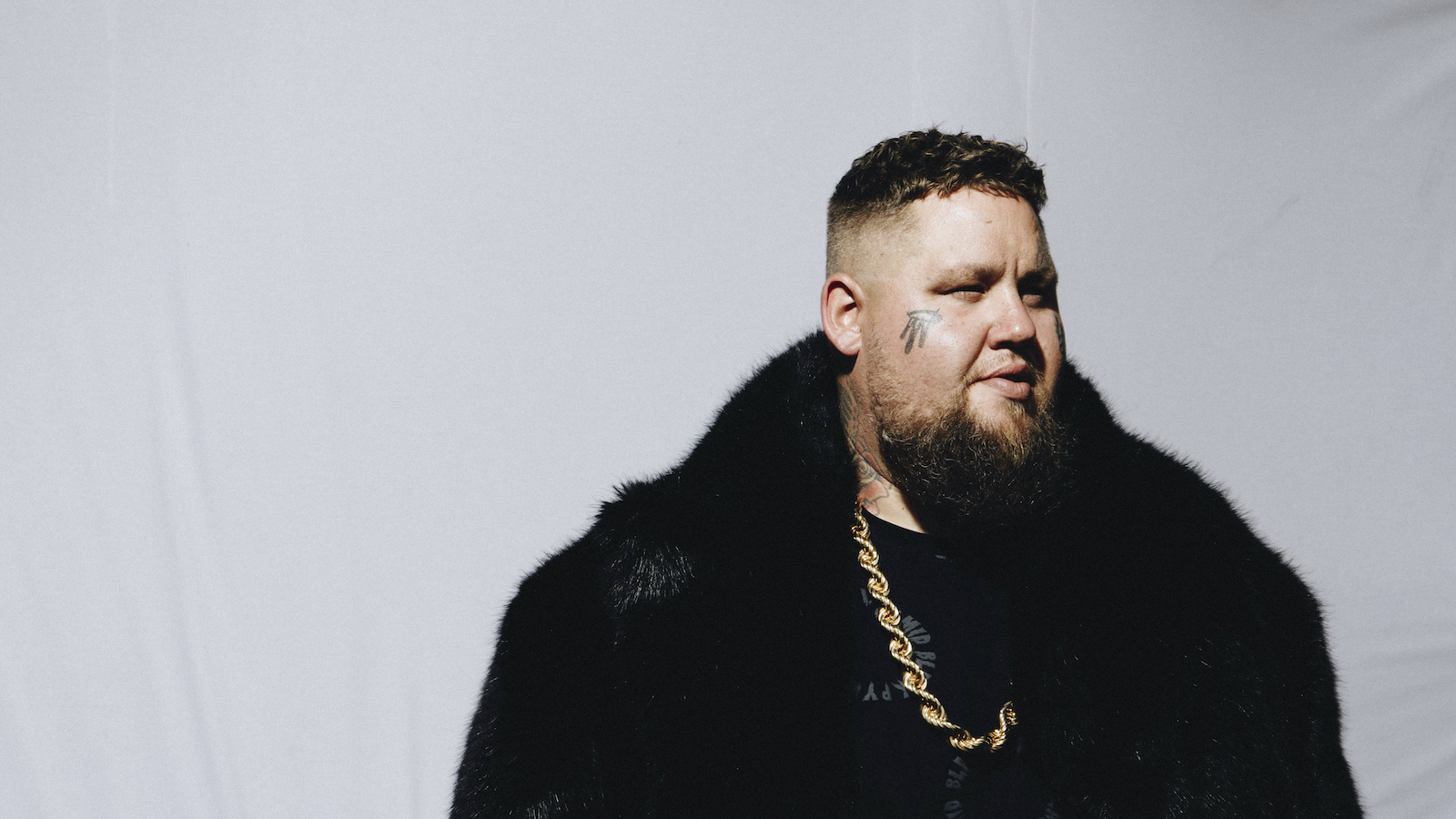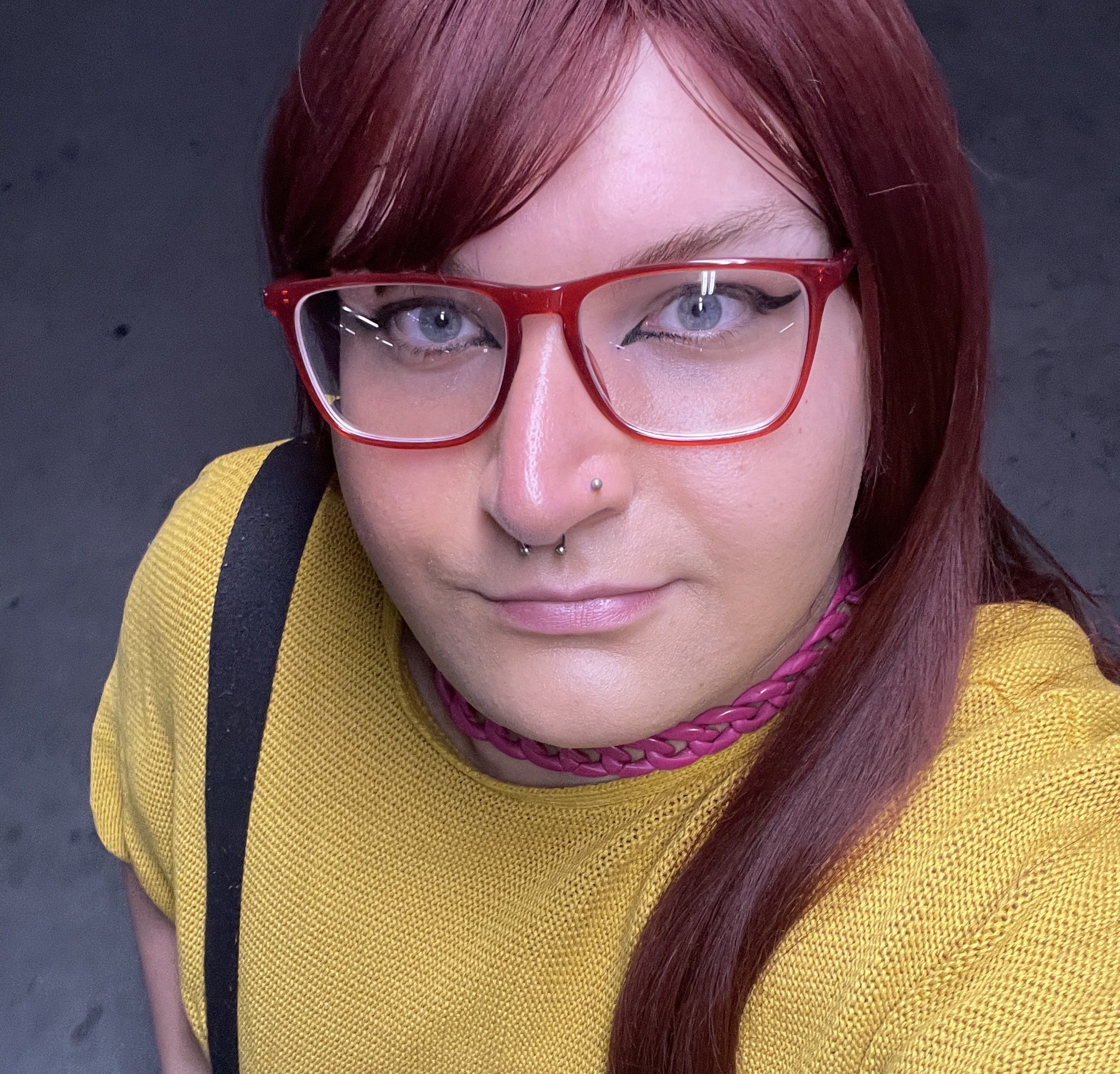Rag’N’Bone Man: “It feels like we really concentrated on the songs before anything else was done”
Singer‑songwriter Rory Graham (a.k.a. Rag’N’Bone Man) bucks the trend of mainstream pop artificiality with the defiantly raw, powerfully authentic Life By Misadventure

Deftly fusing prismatic prongs of blues, soul, pop, folk, rock, grime and hip-hop, Rag’N’Bone Man simply refuses to be pigeonholed. That’s been the case since the East Sussex singer-songwriter, real name Rory Charles Graham, dropped his debut EP Bluestown in 2012 – where on one track he croons with a gruff, battered twang alongside dusty acoustic strums and a ripping harmonica solo, and on the next he spits menacing rap bars over jazzy keys and 808 beats.
Graham burst into the mainstream with his full-length debut in 2017, boldly dubbed Human. In addition to a torrent of critical acclaim, it earned the distinction of being the fastest-selling debut album by a male artist in the 2010s, debuting in the Top 5 on nine countries’ charts (and taking out the #1 spot in five) and selling over 2,000,000 copies worldwide. Naturally, the task of whipping up a sequel came with a fair whack of pressure.
So what do you do when you’ve got the world staring you down with their hands out, begging rabidly for another dose of slick and soulful indie-pop? Well, if you’re in Graham’s shoes, you up the ante with an even bolder, more daring soul-pop sound that dives evermore deeper into the realm of glassy, operatic soundscapes flourished with keys, synths and strings. Hashing the record out in Nashville with a team of world-renowned musicians including guitarist Wendy Melvoin, Graham wears his soul on his sleeve on Life By Misadventure.
As the record starts making waves and fans clamour desperately for a tour (soon, he swears), Graham sat down with Australian Guitar to fill us in on why Life By Misadventure is the album he’s always wanted to make, and how he was finally able to make it a reality.
After the past year of insanity, how do you feel now that you’re here with a new LP out?
It feels like a long time coming! I’ve got this overwhelming urge just to get out and play now – it’s not just enough to have the record out there. I mean it’s great, obviously, but y’know, ever since I started music the normal thing was to release something and then go and tour it – or at least go and play some shows. So yeah, that’s a bit difficult. We’re looking forward to getting onstage. I think our first gig is mid‑June, so we’ve got something to look forward to.
The first thing any fan will recognise with this record is that it obviously embraces a much different kind of sonic palate – it’s a lot more pop-centric, a lot more glittery and melodic – where did this new sound come from?
We wrote pretty much all these songs just on an acoustic, to be honest. It all came from just sitting around a table and writing songs, without the backdrop of production at all. We were all sitting around with notepads and shit – not even looking at our phones or recording into our computers – so it feels like we really concentrated on the songs before anything else was done.
We were like, “Let’s try to make these songs as good as they can be before we even think about production.” And we lived with these songs for ages – we were all done six months before we even started the recording process. That gave us enough time just to sit back and realise exactly what we wanted to do with this record.
Get The Pick Newsletter
All the latest guitar news, interviews, lessons, reviews, deals and more, direct to your inbox!
So what was that?
I just wanted to get the best musicians I could find, and go to a studio and record it as a band. And that’s exactly what we did. I wanted people to feel that when they listen to this record through their headphones or in their cars, they were in the room with us when we were playing it. And it does – it feels more pop, definitely, but it’s kind of like the opposite of what’s really popular at the moment.
I don’t know how this record is going to do on the charts, because with everything else in pop music at the moment, the vocals are always super, super, super clean; not many people are using real bass sounds, all the drums are fully programmed… And I was like, “I want it to sound live.” And y’know, that’s what we did. We thought, “F*** it, let’s get in there and jam.” You can’t have music that sounds wonderful and feels organic when it’s played live, then go and make stuff with trap beats.
It was tracked like a live album too, wasn’t it?
For real, yeah. I play with my band so much, and I love those days where we spend our whole afternoons just jamming together and learning all the songs. It just feels like a natural, happy place for me. So it was the most fun I’ve ever had recording an album, for sure. The vocal booth can be a lonely place if there’s nobody else around – you’ve got a producer in the other room and you’re somewhere far away… Sometimes it’s cool, but it’s not that much fun. And when you can vibe with other musicians while you’re recording… I don’t know, man, there’s something different about it. It just felt like a great vibe in the room.
What was it like working with the iconic Wendy Melvoin on this record?
Unfortunately, she was the only person we couldn’t actually have jamming with us in the room. Mike Elizondo [producer] played the original guitar parts on the record, and then he said, “Wouldn’t it be great if we got Wendy in here?” And I was like, “Well it would be great, but I don’t have her number in my phone book!” That’s not someone I can just ring and say, “Hey, wanna play on my record?” She’d be like, “Who the f*** are you!?”
So y’know, props to Mike and his little black book of amazing musicians. He was like, “Yeah, I think I can get Wendy” – and he did! And she spent two or three weeks just tracking each song, replacing all the guitar parts – but in such a beautiful, cinematic way. Her playing is so distinctive, and she’s just added a real depth to this record, y’know? Her guitar playing is incredible, I was very lucky to have her.
So tapping into this more operatic, piano‑driven sound, how did your approach to the guitar change?
Well I mean, the guitar is my instrument. I’m not a virtuoso or anything, but that’s always been how I’ve written songs. I’m not much of a keys player. But I commandeered the piano player from my band – he’s written all the songs with me… He’s the melody guy too – I’m much more about lyrics, and he’s the guy that comes up with the great melodies. So I mean, it was always going to be more piano-driven because that’s where the tunes came from.
What is that acoustic you write on?
Okay, so I played Lollapalooza in… 2018, I think? And just before I left, my friend said, “You should go and check out the Chicago Music Exchange.” And I was like, “Okay, let’s go! We don’t really have any room in our luggage, but y’know, f*** it.”
I remember picking up something like a Martin 00 – it was one of the newish models – and the guy behind the counter pulled that classic sales technique where he was like, “Oh, you don’t want that one, you want this one!” And he went into the back and got this… Essentially it was the same Martin, but it was a ‘50s model – I think it’s from 1952 – and the thing just sounded f***ing incredible. It’s beautiful. It makes me feel like I’m better than I actually am [laughs]. So that’s my guitar of choice at the moment.
I did get a J-45 as well, which was also from the ‘50s – she’s a little bit beat-up, but she still sounds nice. She’s proper woody soundin’.

Ellie Robinson is an Australian writer, editor and dog enthusiast with a keen ear for pop-rock and a keen tongue for actual Pop Rocks. Her bylines include music rag staples like NME, BLUNT, Mixdown and, of course, Australian Guitar (where she also serves as Editor-at-Large), but also less expected fare like TV Soap and Snowboarding Australia. Her go-to guitar is a Fender Player Tele, which, controversially, she only picked up after she'd joined the team at Australian Guitar. Before then, Ellie was a keyboardist – thankfully, the AG crew helped her see the light…


![[from left] George Harrison with his Gretsch Country Gentleman, Norman Harris of Norman's Rare Guitars holds a gold-top Les Paul, John Fogerty with his legendary 1969 Rickenbacker](https://cdn.mos.cms.futurecdn.net/TuH3nuhn9etqjdn5sy4ntW.jpg)







